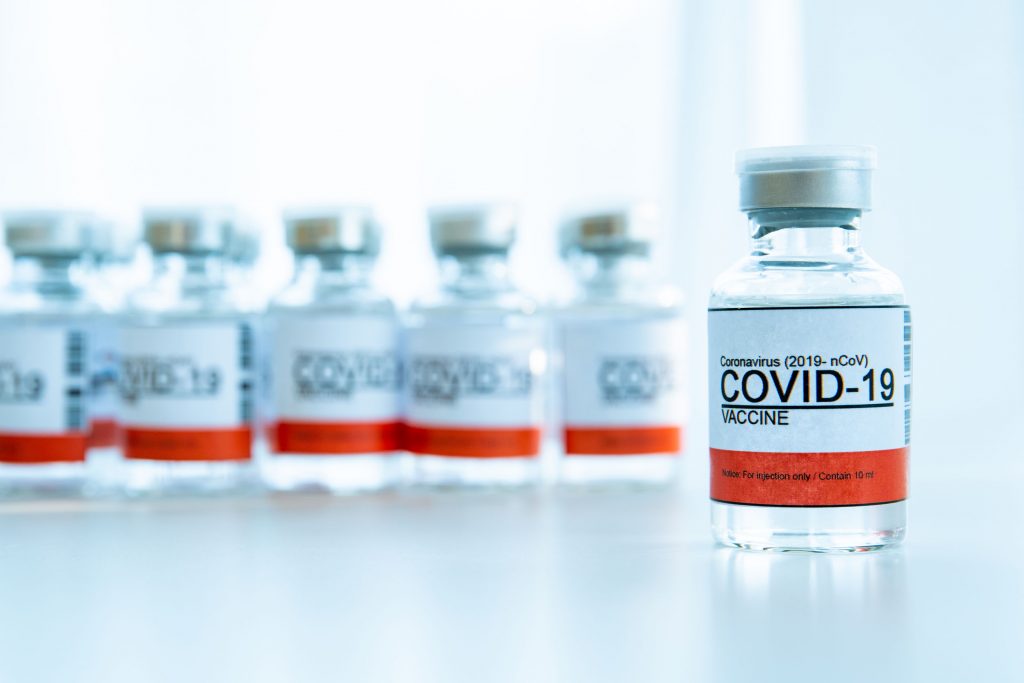Crafting COVID-19 messages for kids and families
As vaccines are proven safe and become available for younger family members, organizations should already be planning how to address parents potential fear and skepticism.

Last week, Pfizer announced that its COVID-19 vaccine was proven to be effective in children aged 12-15. Health-focused organizations serving kids and families should prepare a solid communications plan—and soon. Dis- and mis-information, lack of awareness, and depleted trust could diminish the willingness of our most vulnerable populations to seek vaccination.
Here are some key considerations for building a communications plan that will effectively mobilize these communities:
1. Build protections against mis- and dis-information
As we have seen with the rollout of COVID-19 vaccines for adults, local and national conversations are littered with mis- and dis-information about the vaccine’s effectiveness and safety. The same will apply when vaccinating children.
In communicating to parents and families, having a clear, understandable message will be integral to your campaign’s success. Keep PSAs and other educational outreach concise and specific to your target audience. Additionally, provide a central hub of up-to-date information and developments about your organization’s efforts and vaccine access for those seeking more in-depth resources.
2. Localize your outreach.
Ensure your messaging addresses the specific needs of the communities you are trying to reach and be thoughtful in the selection of your communications channels. For example, if community members rely more heavily on talk radio to get their news, launching a social media ad campaign won’t do any good for getting the message out.
Localization is particularly important when communicating to families. Parents will share information with other parents. Identifying specific news outlets and blogs that your target audience regularly reads, such as “SheKnows” or “Parenting” in the case of parents, will also bolster your message’s credibility.
3. Build trust and credibility through partnerships.
Parents seeking accurate medical advice might be skeptical of public education campaigns around vaccination, given the volume of misinformation about the COVID-19 vaccine. As more information comes to light about children’s vaccine eligibility and access, it will be crucial to partner with well-known (and trusted) organizations in your target population’s communities. For example, you could partner with a local YMCA chapter that holds afterschool programs on a Spotify ad campaign.
Although the next few months will be a challenge to communicate effectively with kids and families, ensuring your public education campaign has clear, localized, compelling messaging will drastically improve its effectiveness.
Kristen Voorhees is a director with Clyde Group.






